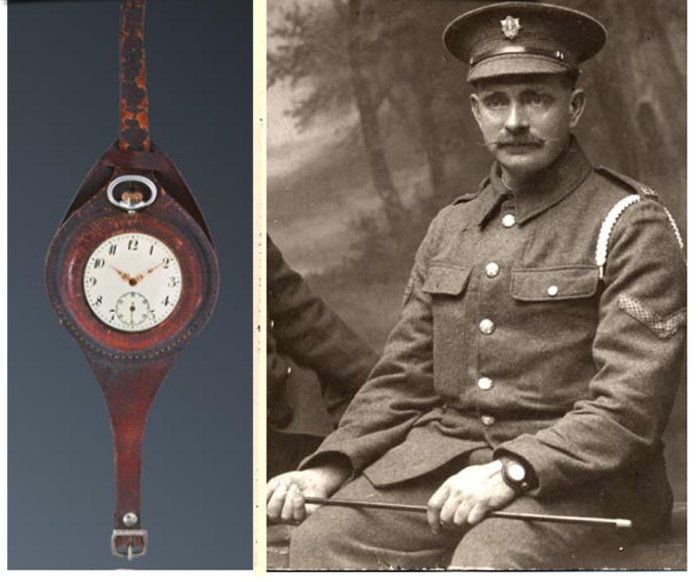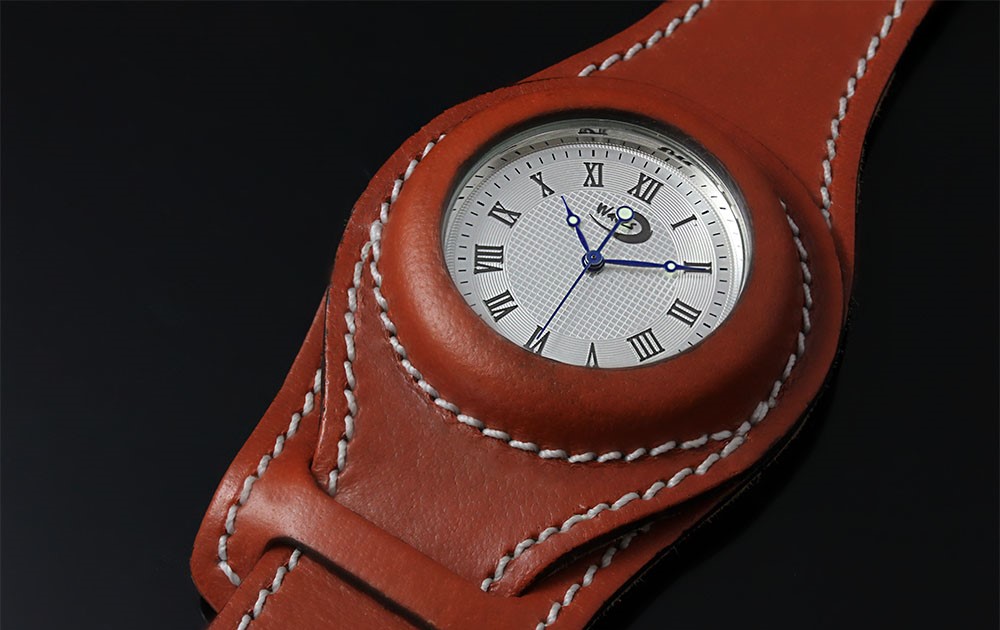The Second Boer War and “Wristlets”

War is a subject that comes up quite often when talking watch invention. After all, watches are about as personal as one-on-one mortal conflict with another person (arguably). Inventive engineers, and improvisors alike, have sought to make a soldier’s attire more mobile and functional in combat for ages. Looking at history through today’s lense, it almost seems like a no-brainer that a wristwatch would be far superior in freeing the hands compared to a pocket watch—on nearly any battlefield. However, cultural biases made wristwatches (especially on male soldiers) a slowly-to-be-loved style of timekeeping. Before German and British militaries began jury-rigging and special ordering wristwatches, these wrist-borne timepieces were seen as a “women only” accessory. Known as “wristlets” in the late 19th Century, they were seen as a novelty item with less functionality than a pocket watch. This sentiment had persisted since wristwatches were ever first conceived. Despite this trend in perception, it was war that tipped the scale toward wristwatches gaining popularity with men. Though there are brands like Abraham Louis-Breguet and Patek Philippe that boast making the “first wristwatch”, it was improvised straps during the Second Boer War that ultimately pushed wristwatches to the front lines of timekeeping.
Battle Born
With few wristlets existing before this 1899-1902 conflict, it was the inventiveness of soldiers on the battlefield that bore new wristwatch fruits. The Second Boer War (or Anglo-Boer War), for some context, was fought between the British and South African groups trying to end British rule in the region. Two main factions in particular that were fighting for independence were the South African Republic and Orange Free State. British occupants ultimately won the war against these groups—and watches played a particular role. Although South African forces were tenacious in fighting British rule, the Brits had timed and coordinated attacks on their side. Keeping a hands-free approach to following orders in tow, British soldiers soldered metal lugs on their pocket watches to accommodate leather straps—giving their time-fueled edge extra gusto. These men’s wristlet watches were written home about and caught the attention of brands like Omega (who made their first wristlet in 1892) and Mappin & Webb’s. With later conflicts and apartheid ensuing in South Africa, it seems watches were the only true winner of the Second Boer War.
Aviation and Military Notoriety

Around the time WWI broke out, not long after the Wright Brothers’ famous flight, pilots began requesting wrist-strap watches to accommodate their needs. Between aviation and military pursuits the wristwatch gained further acclaim among men—ultimately reinforcing a look and sentiment that exists today. This acclaim, combined with global conflict, began solidifying “wristlets” as a men’s watch necessity both on-and-off the battlefield.
In 1914 Waltham began marketing “wristlets” toward men—especially those involved/had been involved with military combat. As mentioned, wristwatches were used to enact precisely timed attacks in the Second Boer War by the British. Essentially, the British had a technology that was just as tactical as any best laid plan. Soldiers could carry out mortal combat with more dexterity. This started a trend across Europe that ultimately made it to U.S. companies like Waltham and others. The wristwatch wasn’t just for women—anymore. By 1916, in the middle of WWI, the NYT published an article noting the functionality of the men’s wristwatch. A trend that had already begun taking hold in other parts of the world gained further steam in the United States. Explosive 20th Century wars drew the U.S. into larger European conflicts. As tensions grew and spilled over, air forces and navy’s worldwide began deploying more-and-more soldiers to faraway fronts. With personal timekeeping becoming increasingly accessible/widespread, a wristwatch became the ultimate soldier’s accessory (aside from a well-manufactured firearm). The British soldiers of the Second Boer War created a trend that pushed wristwatches into the 20th Century—making the men’s-only club of pocket watches, ultimately, a thing of the past.
Times Ticking has been in operation for more than 30 years, since 1982. We have performed watch repair for customers both locally and internationally. If it Ticks! We KNOW it! Our team of watch repair technicians have a combined experience in watchmaking of over 120 years.

